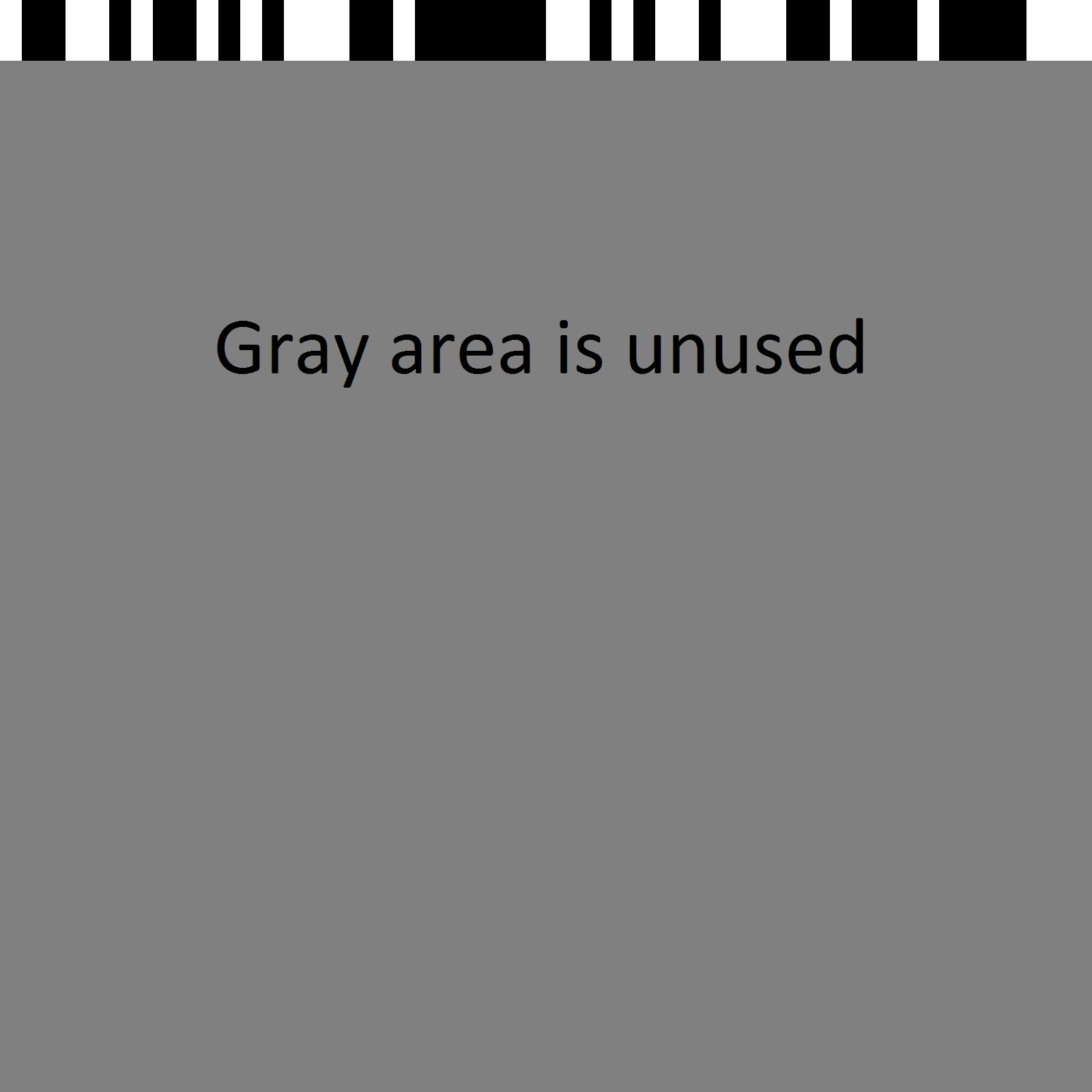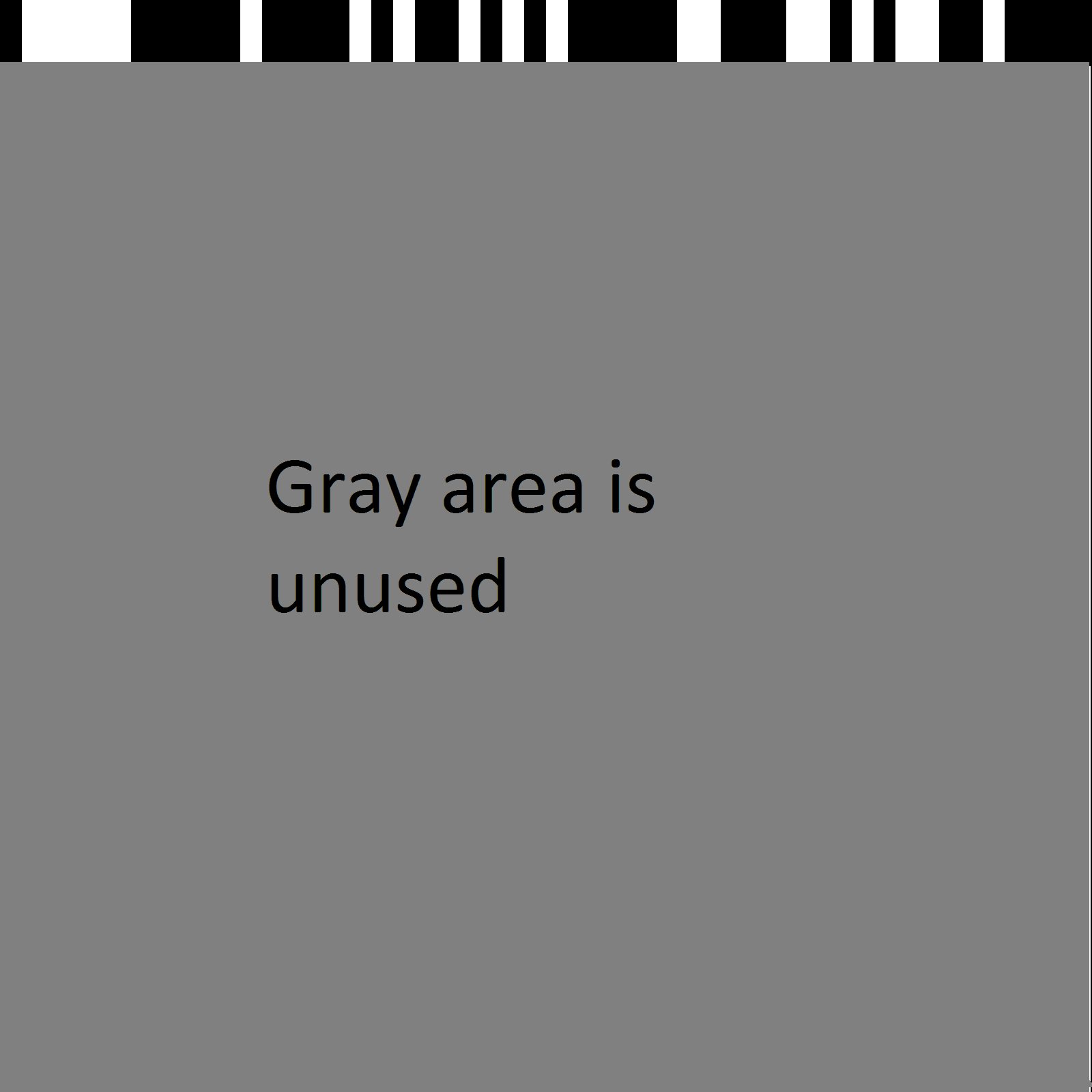Part Number: DLPD4X00KIT
Hello, I am working on a project that requires the use of the DMD in order to recognize air-born contaminates. I currently have the lightcrafter 9000 dev. kit, I read that the DLPD4X00 kit would work best for my needs however, I only need to control about 16000 mirrors in rectangular sections of 10x32 mirrors. those rectangular sections need to update as fast as possible, the faster they update the more certain I can be there is a contaminate. I don't need to update any mirror outside the 16000 I am interested in as that would slow the refresh rate of the section I am interested in. I need to be able to update those sections of mirrors at at least 50KHz. All this being said...
what are my best options for a development kit?
Is it possible to control the mirrors by stimulating the DMD myself?
Is single pixel control possible on the lightcrafter 9000? if not what is the smallest section I can control and at what rate?
does controlling a smaller section of the mirror array mean a faster update rate of that section?



